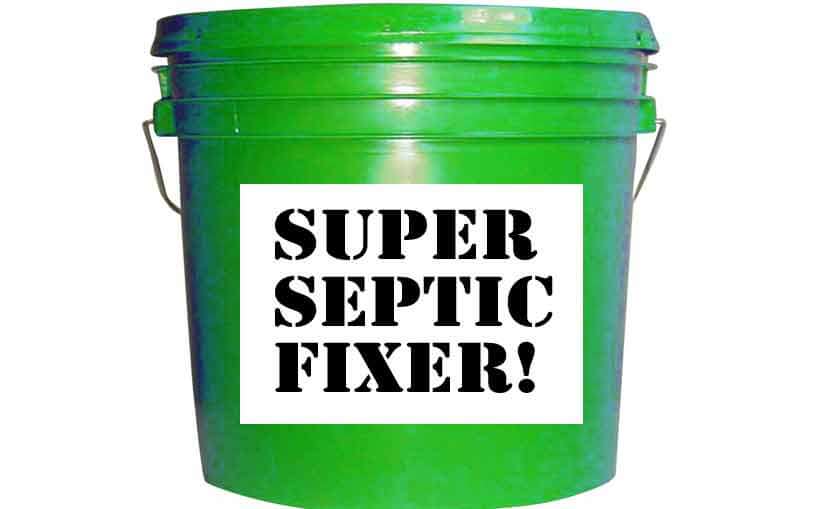When you asked your septic expert on one of the most important things that you should keep in mind with regard to your septic system, he said that you should be familiar with fixing and preventing septic system wet spots.
Fixing and preventing septic system wet spots? You don’t even know what septic system wet spots were!
Septic system wet spots are small puddles that appear on your yard even if there were no signs of rain. These wet spots release foul septic odors and untreated wastewater that are grave health and environmental hazards. Once you see your yard overwhelmed with septic system wet spots, you should already have it looked at by your septic expert because they could already be signs of septic system failure.
What could possibly cause septic system wet spots? As usual, septic system wet spots are usually caused by actions that you may be guilty of such as heavy use of water; incorrect septic system design; high water table; damage lateral lines in the drain field; dense soil type such as clay; invasive roots; and the dumping of grease and non-biodegradable materials into the system.
It is common for homeowners to commit such mistakes or negligence because they are either too busy or too confident that their system can handle everything they do or don’t do. A classic example is looking at your septic system as a huge trash bin. Even if you throw in your diapers, napkins, grease, and disinfectants through your garbage disposal unit, they are still substances that cannot be broken down by the resident bacteria. They just stay in the system until they clog it.
Next would be the increased water load because of inconsiderate use. There are those who wash their laundry only once a week in just one heavy batch. It may even be every two weeks. It wouldn’t even matter is it’s in the middle of a rainstorm just as long as they did the chore. This heavily increases the water load. As a result, the sludge gets all stirred up and disperses into the drain field. the drain field and its components get clogged up and the wastewater backs up and overflows.
If your property already has a high water table, a conventional septic system should not be installed there. It is most likely for the system to get all flooded with ground water and in turn, the system would contaminate it. If the soil is dense like clay, then it would not readily absorb wastewater. The incoming wastewater would only back up again.
Damages drain field components can also cause septic system wet spots. Heavy vehicles and structures cause soil compaction and this crushes the pipelines. Wastewater then leaks out, backs up and overflows onto the yard, forming septic system wet spots. You should immediately have the damaged pipes replaced because if the damages get aggravated, you would have to pay a large amount for system replacement. Invasive roots could also cause the damages to the lateral lines. Have the roots removed manually. If you use chemicals to destroy the roots, you would only contaminate the surrounding environment. Relocate the trees or hardwood plants away from the septic system.
The septic system wet spots are environmental and health hazards that should not be taken lightly. Remember that these are untreated wastewater and foul septic odors coming out onto your yard. Fixing the septic system wet spots primarily needs your septic expert’s thorough inspection. This would let you know of the main problem. Once it is established, then the solutions could be done systematically.
If you want to prevent septic system wet spots, you need to do your part and coordinate with your septic expert. Use your septic system properly and ask your septic expert about septic treatments that could help maintain the optimal condition of your septic system. The septic system wet spot should be treated as an important issue. When these wet spots are eliminated, your health is assured.

